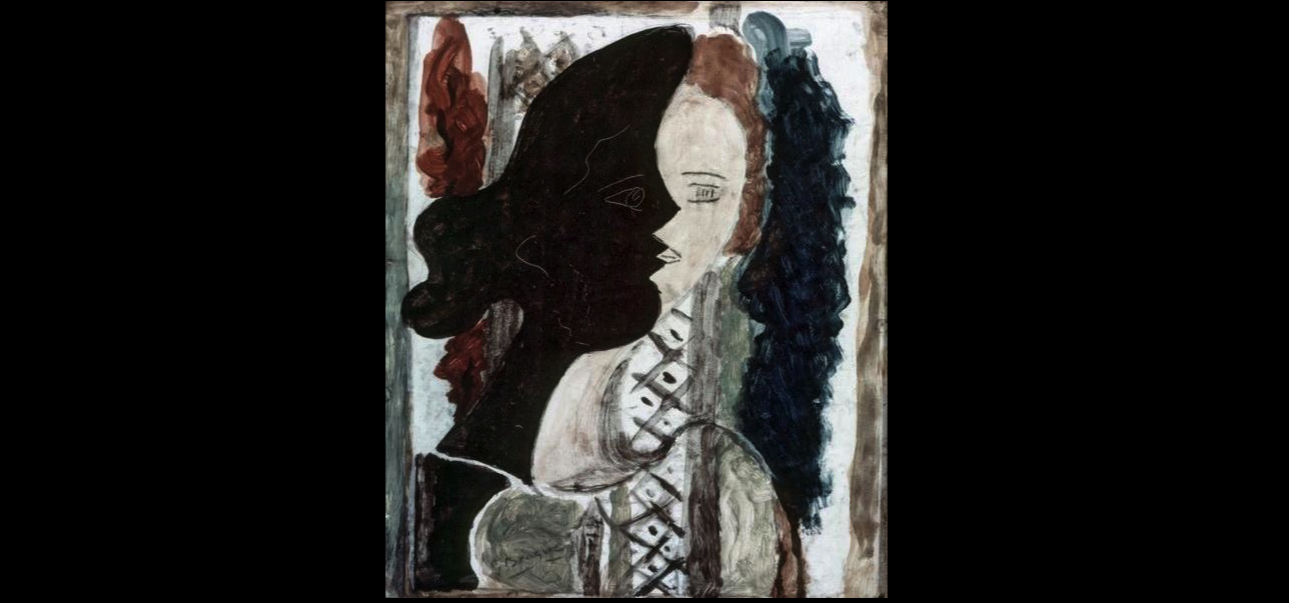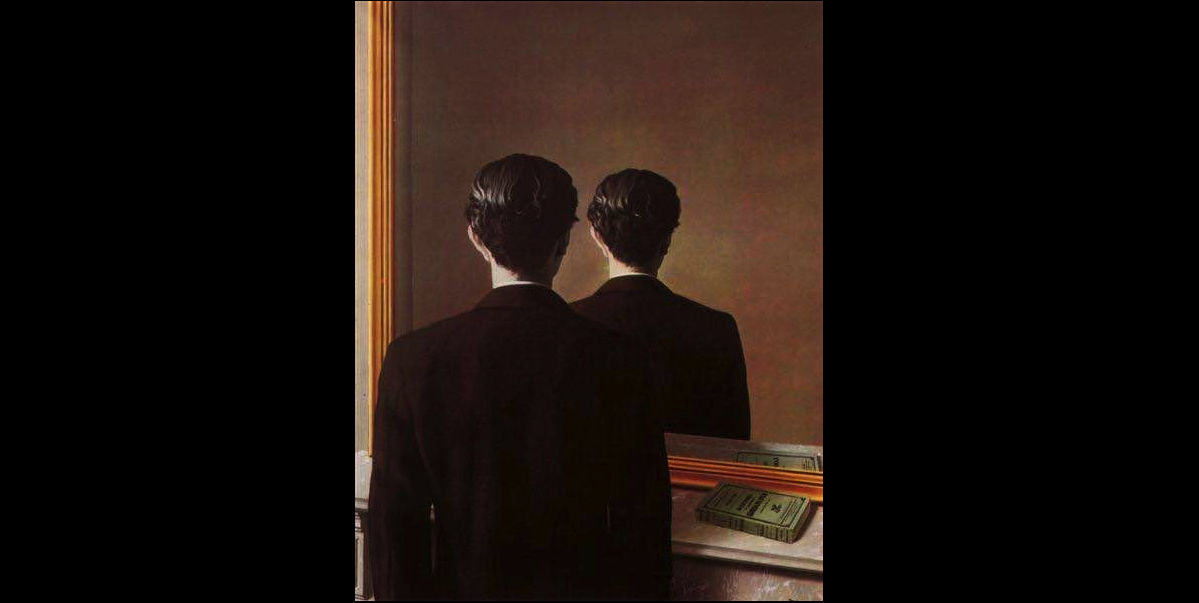Mind the body (3) What is the experience of bodily ownership?
The claim so far is that it feels different when one is aware that a hand is one’s own and when one is not. Now one needs to explore this phenomenological difference and determine its nature. There are three ways to go from here: Bodily experiences represent only low-level sensory …




